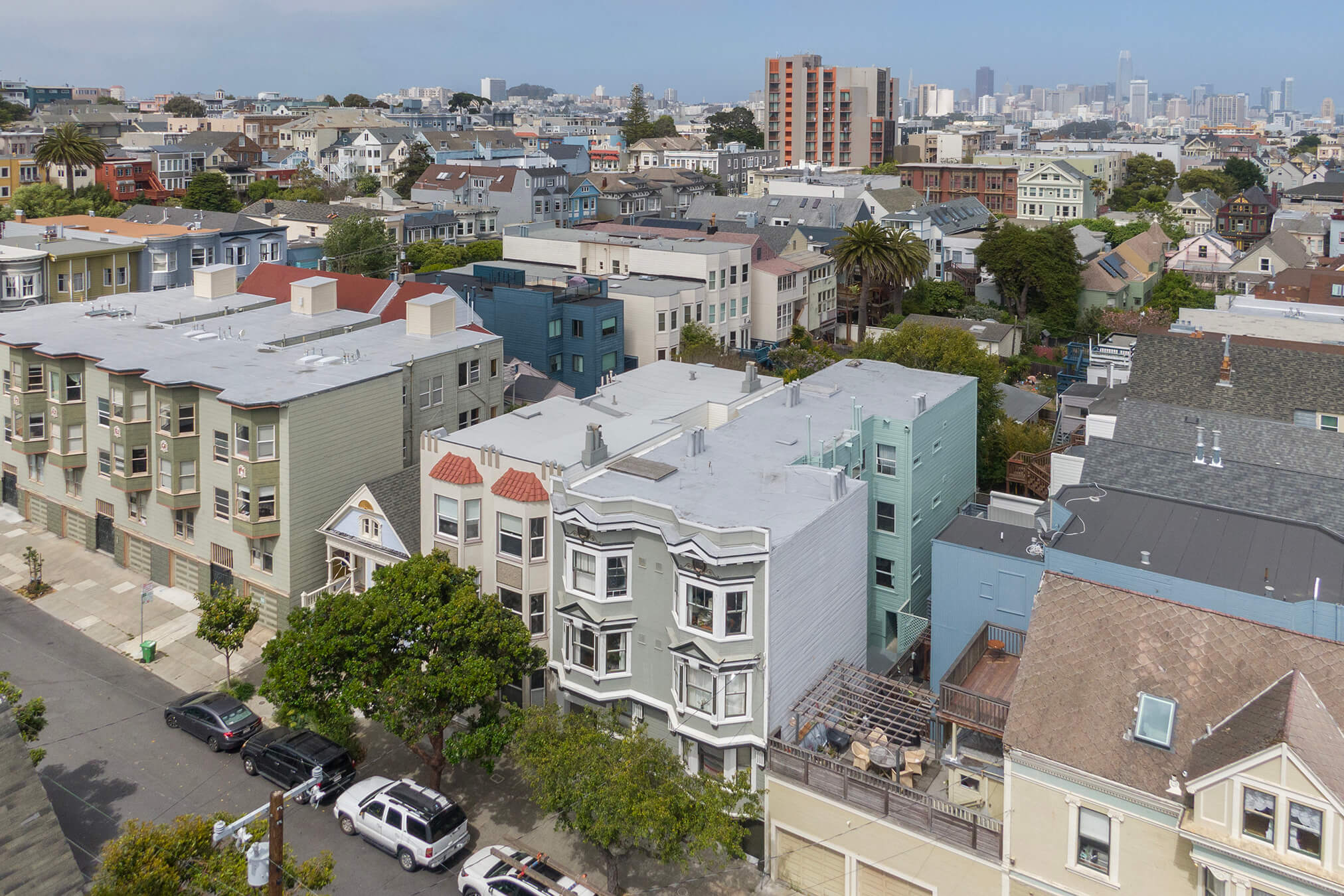JANUARY 2018 REPORT
The Multi-Unit Residential Property Markets of San Francisco, Alameda & Marin Counties
Moving into 2018, there are a lot of spinning plates in the air - local, state, national and international factors, both economic and political, that could affect markets. After some cooling from mid-2015 to mid-2016, the Bay Area high-tech economy surged back into high speed, and companies are leasing out enormous spaces in newly built office buildings - which they will presumably fill with new hires, needing apartments to live in. On the supply side, the boom in new apartment construction continues in San Francisco and is now gaining speed in the East Bay: Thousands of new apartments are in the pipeline. Rents appear to have generally stabilized in SF after falling from peaks in 2015 - and they remain the highest in the nation. Congress delivered an unpleasant holiday present to many Bay Area residents in the form of federal tax law changes limiting the deductibility of mortgage interest and state and local taxes. The effect of these changes make living in an already high cost-of-living area more costly for many residents, and also reduce some of the financial incentives of homeownership. Predictions on the effect of these tax changes on local housing markets and the business environment range from one extreme (economic devastation) to the other (shrug), and the state legislature is currently working on bills that might blunt the negative financial impacts. We will have to wait to see how this plays out. Congress left the 1031 tax deferred exchange laws basically unchanged, a huge benefit to real estate investors. Another interesting development is the surge in accessory dwelling unit construction in existing SF apartment buildings, which is described in this article.
This report generally separates out the 2-4 unit and the 5+ unit apartment building markets in the 3 counties, since they typically have somewhat different dynamics and values. All the statistics below are broad generalities covering a wide variety of buildings of very different locations, sizes, qualities, condition, tenant profiles, incomes, and expense ratios. Many of the charts pertain to multiple counties, while later in the report, we mostly drill down on supply and demand statistics specific to San Francisco. In Marin, the limited number of sales sometimes makes meaningful statistical analysis difficult. In the East Bay, gross rent multiple (GRM) and cap rate sales data are often not easily available.



Sales, Values & Trends by County and SF District




















All Paragon market reports can be found here
It is impossible to know how median and average value statistics apply to any particular apartment building without a specific, tailored, comparative market analysis, which can be provided upon request. These analyses were made in good faith with data from sources deemed reliable, but they may contain errors and are subject to revision. Statistics are generalities: This is especially true for multi-unit properties, with the enormous range of property types, sizes, conditions, circumstances, qualities, financial data and locations. We are often dependent upon listing agents for income and expense details, which can be of varying accuracy. A percentage of investment property sales are not reported to MLS, which sometimes limits our ability for more comprehensive data analysis. All numbers to be considered approximate.
© 2018 Paragon Commercial Brokerage





